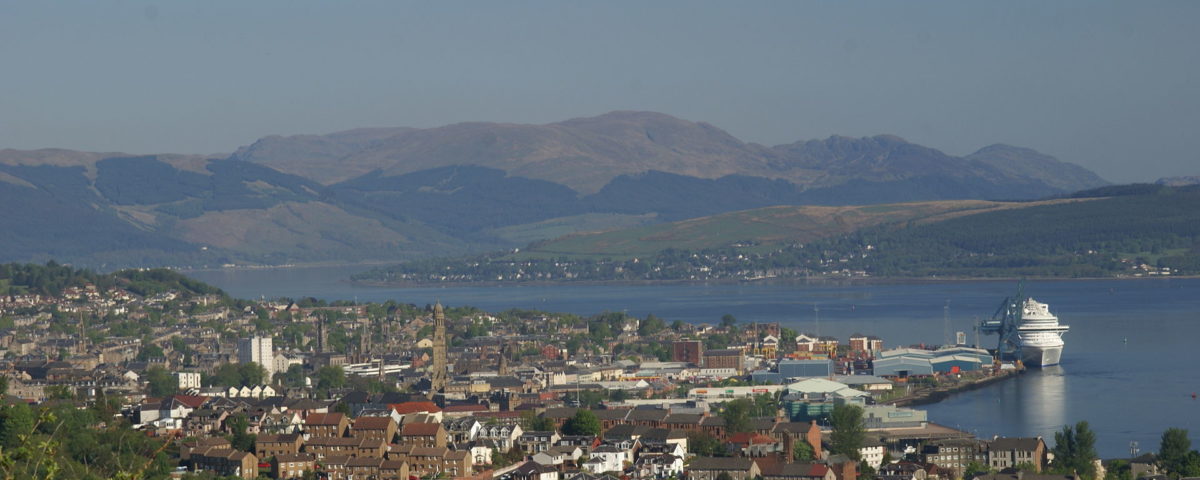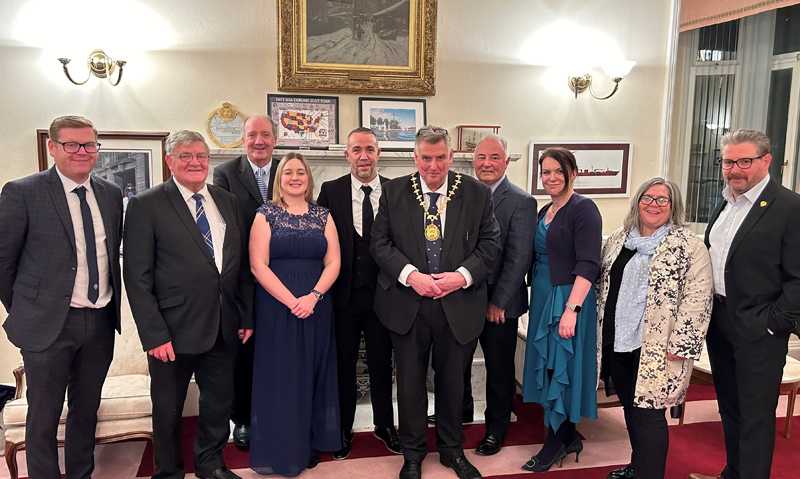Green Light For Net Zero Strategy For Inverclyde Council

SCC Q4 2021 Quartertly Economic Indicator Survey Launches
01/11/2021
Help Given To Boost Jobs By Inverclyde Council
01/11/2021Green Light For Net Zero Strategy For Inverclyde Council

Councillors have given the green light for an ambitious new strategy to help Inverclyde Council achieve net-zero carbon emissions as world leaders descend on Glasgow for the COP26 climate conference.
The environment and regeneration committee approved the plans at a meeting on Thursday (28 October 2021) to cut the number of greenhouse gases the local authority produces by almost three-quarters by 2030 and to achieve net-zero by 2045, in line with Scottish Government targets.
The new strategy will build on work that has already been done to reduce the local authority’s carbon footprint by 45 per cent in less than a decade.
There will be extra focus on making buildings more environmentally friendly by replacing end-of-life fossil fuel boilers, installing solar panels where possible and designing new properties to be net-zero.
Greener transport is another key part of the plan and the ongoing switch to electric vehicles which now makes up for nearly 40 per cent of the council’s fleet.
Currently, 97 per cent of Inverclyde street lights have been upgraded to more energy-efficient LED lamps and the new net-zero strategy aims to convert the remaining three per cent.
The plan also focuses on reducing waste, conserving water and raising awareness of and promoting behaviour change among staff, residents, businesses and partner organisations.
Councillor Michael McCormick, Inverclyde Council’s convener of environment and regeneration, said:
“There is no getting away from the fact we’re in a climate emergency and we must do all we can individually and collectively to dramatically reduce the number of greenhouse gases currently being produced.
“While we’ve made great strides in recent years to lower the council’s carbon footprint, we know more must be done and can be done.
“It won’t be easy and will require a lot of hard work but we are an ambitious council and Inverclyde is an ambitious area so we will do all we can to achieve that net-zero target and I encourage residents and households throughout the area to please do their bit to reduce their own carbon emissions to try and safeguard the future of our planet.”
The net-zero strategy also sets out a range of plans to examine: the use of tidal power from the River Clyde; hydrogen to fuel boilers and vehicles; advanced thermal insulation; thermal storage initiatives; peatland restoration; and tree planting.
The new net-zero strategy is available to read in full here.


